Check out the collection below.
Stay informed on our latest news!
Stay informed on our latest news!



At the Portuguese Footwear Technological Center (CTCP), we saw how tradition blends with cutting-edge tech. And, of course, we couldn’t miss the shows at ModaLisboa, where emerging Portuguese designers are taking the spotlight. There was even time to squeeze in a few after-parties.
As we left Lisbon’s sun-soaked streets, it was clear: Portugal is no longer fashion’s best-kept secret. With its rich heritage and creative visionaries, this small country is stepping into the global spotlight — and office Magazine was there to witness it. We learned that “Made in Portugal" isn’t just a stamp; it’s a mark of quality, tradition and innovation.
Between the factory tours and ModaLisboa, we got a full view of both sides of the industry — and we left wanting to learn even more from our host.


Paulo, so great to chat up with you after such an amazing trip. First off, congratulations on launching the new cover of Portuguese Soul and thank you for such an unforgettable experience. From the factories to the runways there was a lot to take in. Is there a personal highlight or moment that sticks out to you either at ModaLisboa or in Porto?
Paulo Gonçalves— There were so many moments. The anxiety of meeting a new group. The moments of bonding. The first dinner together. The visit to the factories and the Technological Center. The Portuguese Soul presentation at ModaLisboa. The Luís Onofre fashion show. Being able to present the cities of Porto and Lisbon through my eyes. The farewell.
I feel that the mission was accomplished. The work was productive. There were many shared laughs. And I feel like I’ve gained friends for life.
As Director of Communications for APICCAPS, Why did you find it so important to start the magazine?
PG— For a long time, I felt there was a big gap between the intrinsic quality of Portuguese footwear and the global awareness of our country. The fact that people didn't know us devalued our product.
Back in 2010, I launched a very controversial, yet impactful campaign called ‘Portuguese Shoes: The Sexiest Industry in Europe’. That jumpstarted the change in our image. Portuguese Soul emerged shortly after -it was our contribution to improving Portugal's image worldwide. That's why the magazine is distributed in 120 countries. It is also a testament of love for Portuguese fashion and footwear, as well as a showcase of the talent that exists in my country.


Where is your happy place in Portugal?
PG— I travel a lot, so I would say home. But there is a unique place in Porto, the lighthouse that separates the Douro River from the Atlantic Ocean.
During the trip, it was clear that sustainability is becoming a big part of Portugal’s fashion DNA. Do you think this will become the country’s key advantage?
PG— Every year, 22 billion pairs of shoes are produced worldwide, with 88% of them made in Asia. I don’t think that’s reasonable or sustainable. I believe there is room in the market for a small producer that focuses on quality at fair prices.
For this reason, we are going to invest 600 million euros by the end of this decade. It’s our biggest investment ever and a strong show of confidence in the future.


Why do you continue to do a print magazine in 2024?
PG— Because it makes sense. I believe we still have much to prove and that we must constantly reinvent ourselves. I believe we can be leaders, not followers.
Next year, the magazine will celebrate its 15th anniversary. We want to do even better. More than 50 professionals work with us. It's a big responsibility.
Do you have a favorite Portuguese dish?
PG— Without a doubt, codfish. Accompanied by a good white wine, whether from Douro, Dão, or Alentejo.
You’ve been a part of APICCAPS for over two decades now. What has kept you there and passionate for so long?
PG— I am a passionate person who loves fashion and shoes. I enjoy socializing, discovering new cultures, and having the opportunity to meet incredible people. I feel like I’ve dedicated my life to the footwear sector, and I’ve never regretted it. I have given everything to this industry and to APICCAPS but I’ve also received a lot in return and have been able to explore the rest of the world.


What role do you think Portuguese designers play in shaping the global fashion landscape?
PG— It’s a fundamental vision. While companies have the technology and know-how accumulated over generations, designers bring a fresh, young, and bold perspective to the market.
I am a strong advocate for creative partnerships between designers and the industry. That’s why we invest in being present at ModaLisboa, as well as at other important fashion weeks like London, Paris, and New York.
Away from Sustainability. What’s going to be a big innovation that will change the game for Portuguese fashion?
PG— Productive innovation, development capacity, and a quick response to the market are some of the main competitive arguments of Portuguese companies.
What’s your most prized fashion possession?
PG— Shoes. Always shoes. And in this chapter, I am privileged. I have the best of all. The Portuguese.


If you could feature anyone past or present in Portuguese Soul, who would it be?
PG— We’ve had the opportunity to showcase the greatest Portuguese talents in Portuguese Soul and there’s always an opportunity to discover more. From music to theater, and across fashion in general, a new generation of great value is emerging in the country. Portuguese Soul will always provide a stage for all these young people who are full of dreams.
Before we wrap this up. What’s next for you, APICCAPS, and the magazine?
PG— I want to be able to maintain the same emotional wavelength in life, at APICCAPS, in the magazine, in everything I do. I fall in love again every day with those around me and with what I do. Being able to enjoy life surrounded by good people and good energy is a privilege I will do my best to preserve.







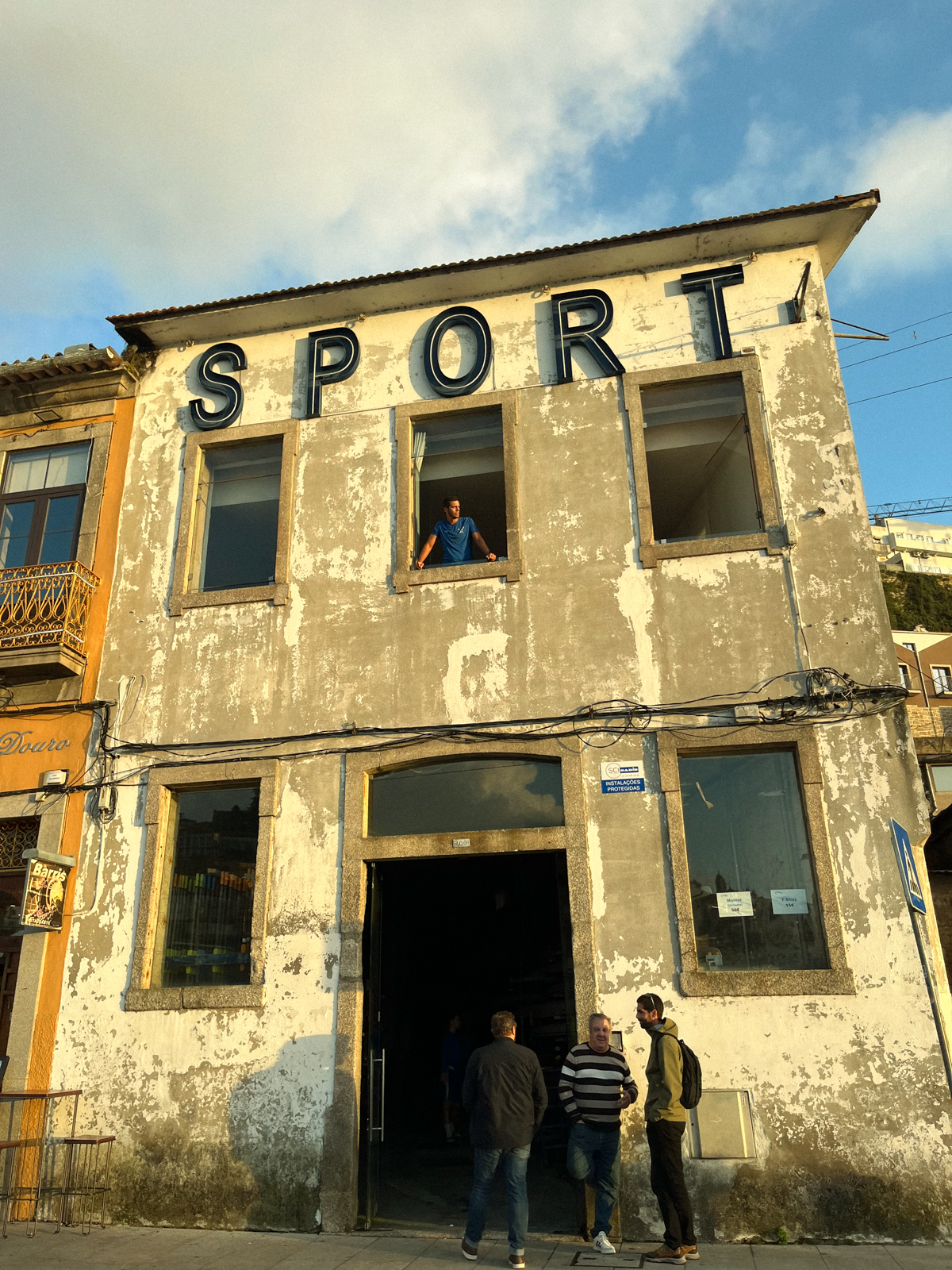




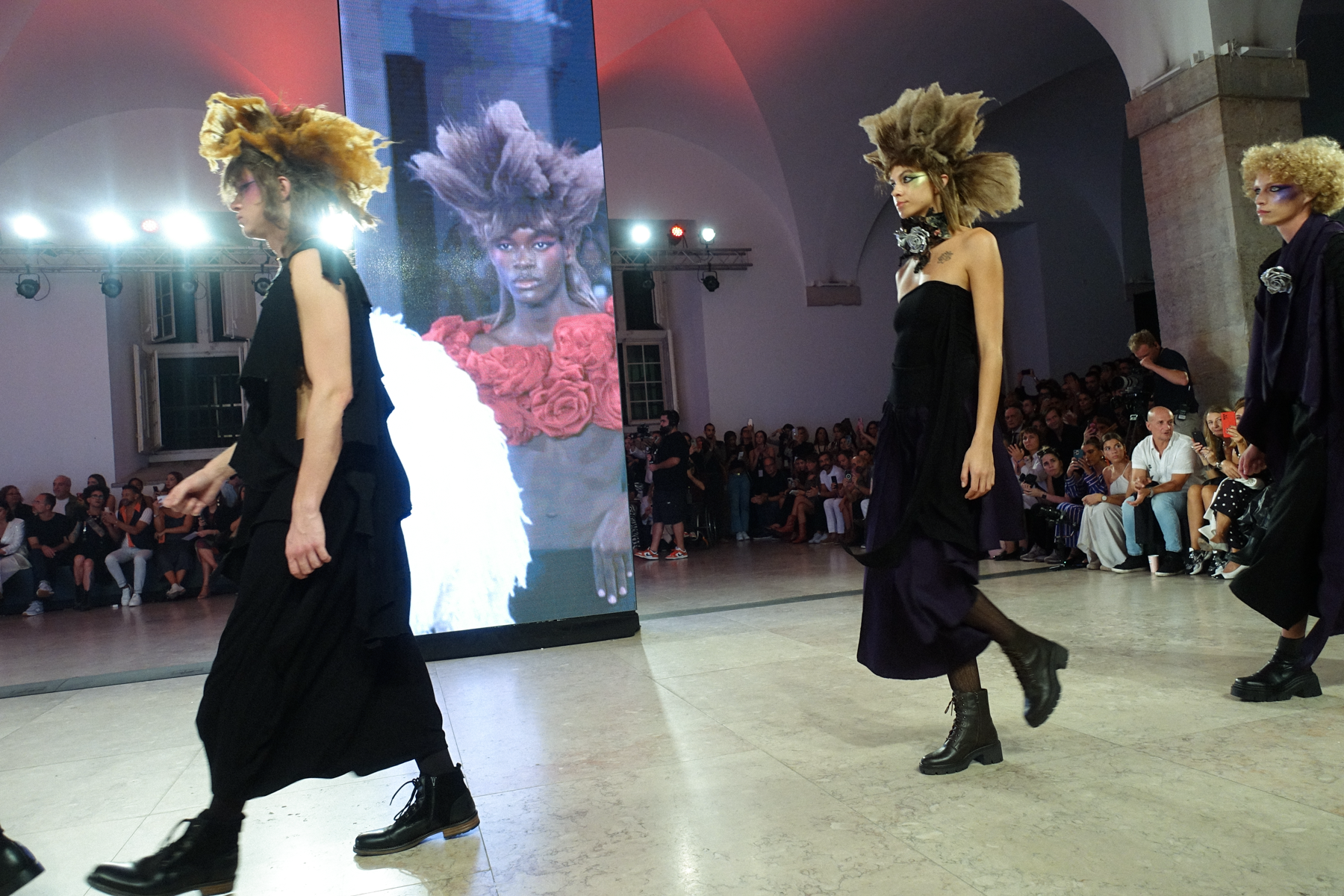








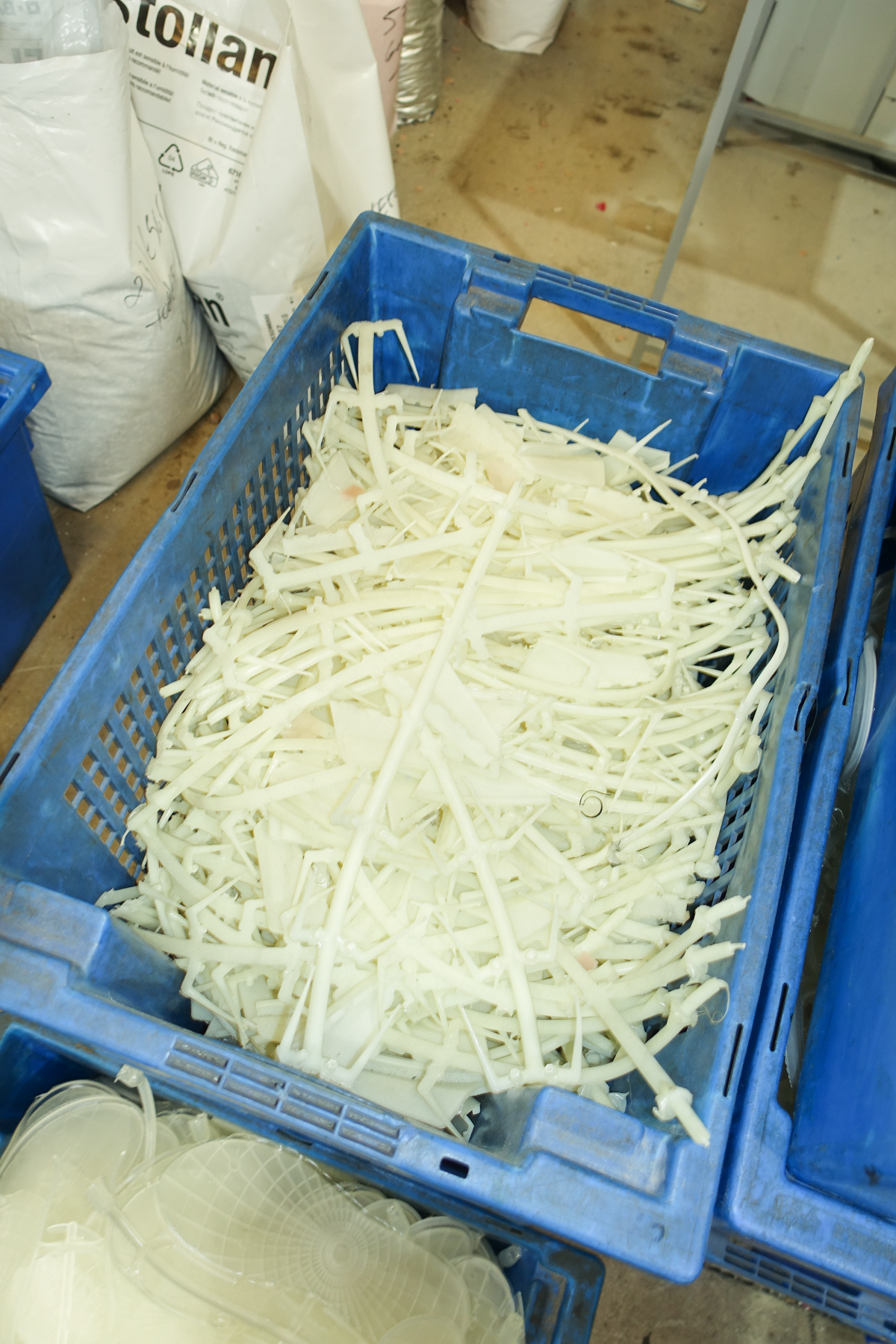


Inside glitterati and grifters search for drinks. Caterers weave through the crowds but seem to only be carrying empty champagne flutes. It’s disorienting being at these parties, especially straight off an 11-hour flight from LA and worse, stone-cold sober. I keep looking for a bar and as if to sharpen the evening’s uncanny atmosphere, Chloë Sevigny steps out from the shadow of the building’s central hemicycle staircase.


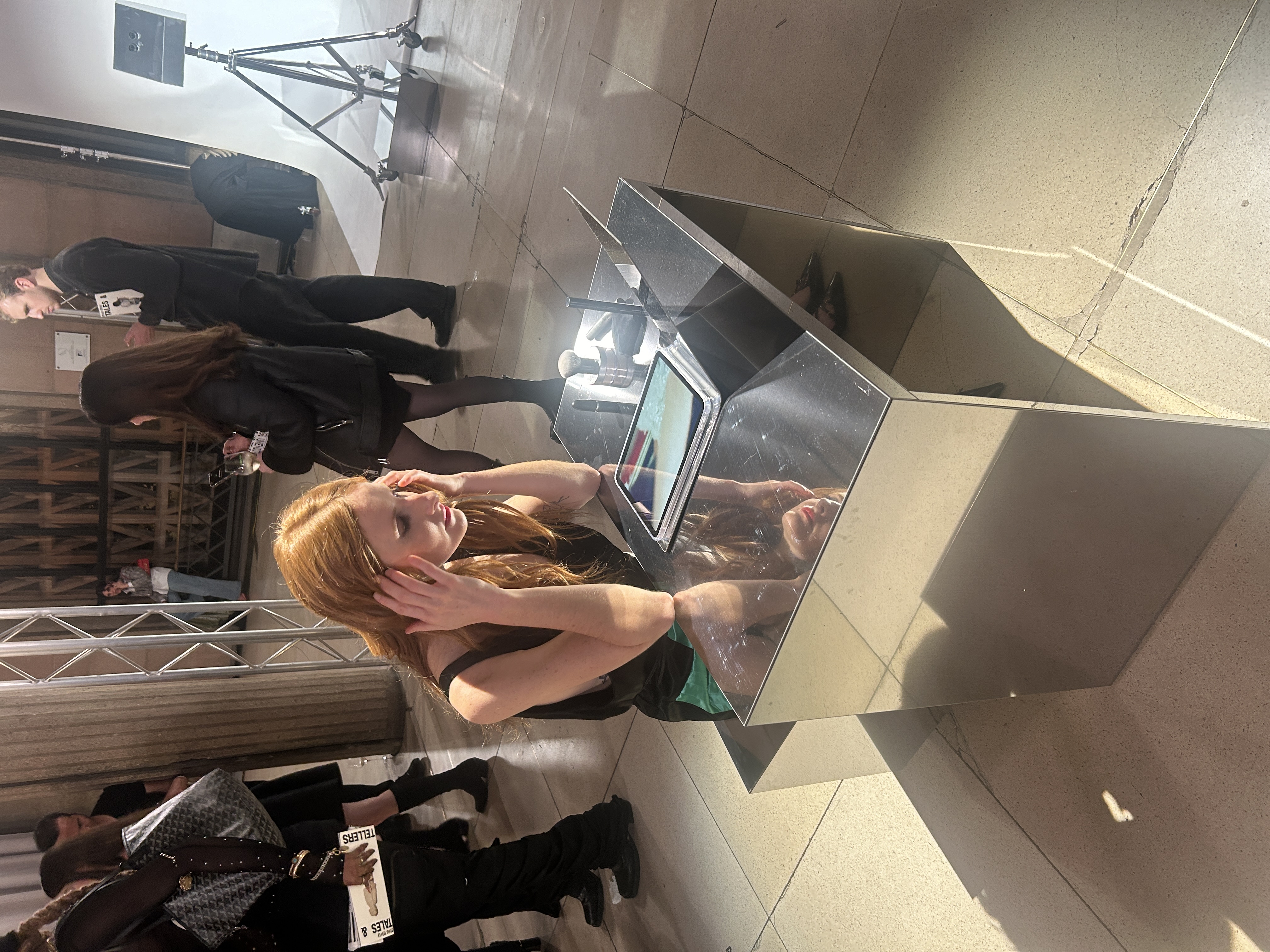



Miu Miu models mingle with the crowd, part performance art, part hype crew. Some wander around streaming videos on iPhones and others lounge atop screens. One is locked inside a metal cage, another stands on a stage, singing into a microphone. It’s all part of Tales & Tellers, performances mixed with video installations culled from Miu Miu’s prestigious, bi-annual film commission Women’s Tales, which features works about vanity and femininity by directors such as Mati Diop, Miranda July and Alice Rohrwacher. It’s unclear who all the performers represent. Are they visions? Fashion models? The press release says they’re characters from the different movies, but alive and roaming about they take on an enigmatic meaning. I spot filmmaker Janizca Bravo and introduce myself. Bravo’s ebullient and glowing, in town for Art Basel and because one of her films is in the installation.

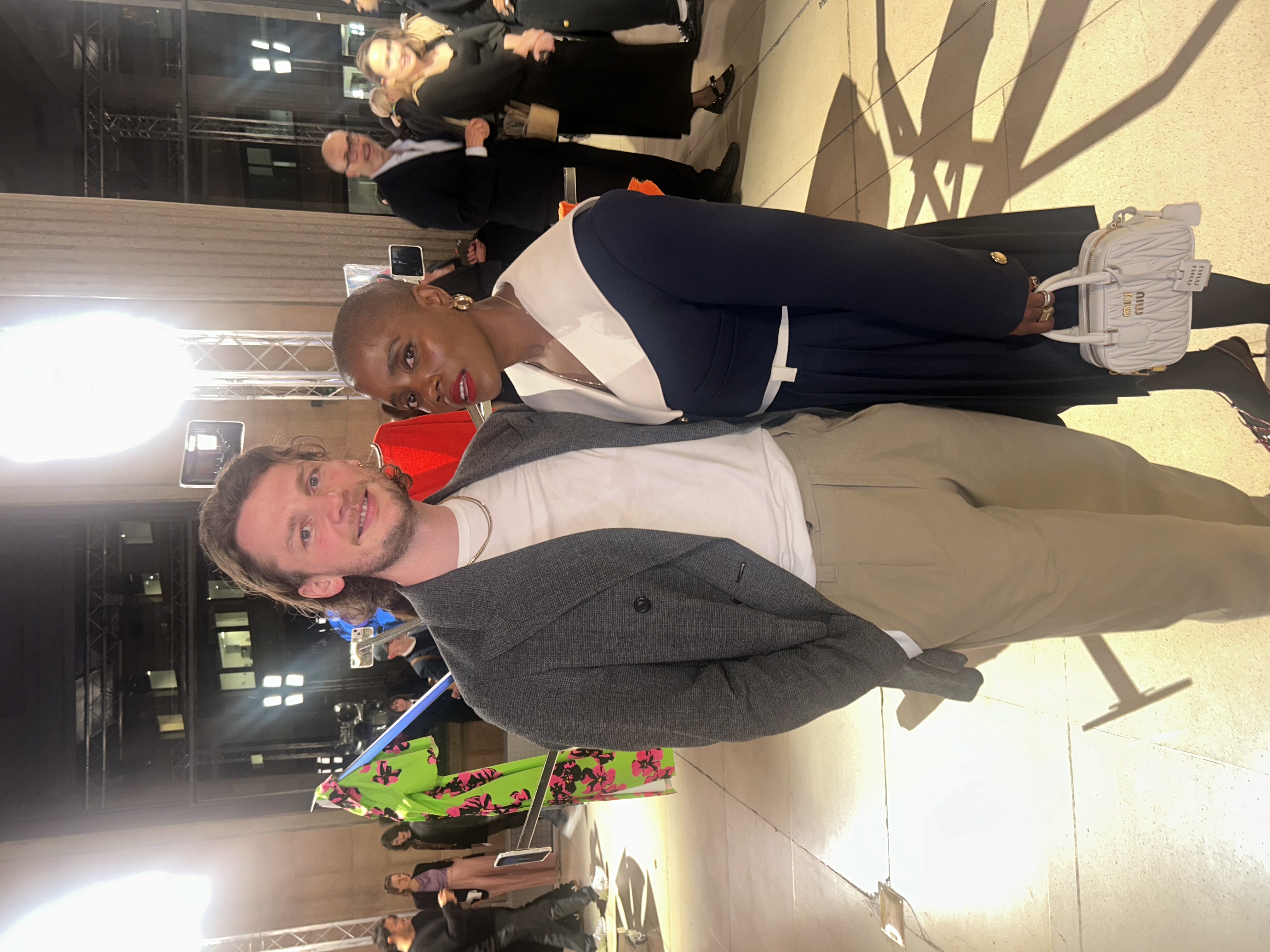
Like all LA people the conversation veers to traffic, gyms and juices. It’s grounding to talk LA. That I haven’t managed to find a drink somehow seems fitting. I hear myself telling Bravo’s beau that once he moves to California we’ll rinse the British right out of him, find him a trainer, get him into Erehwon and it goes without saying, drinking less.
The dozens of Miu Miu performers gather at the back of the hall. They start clapping and chanting, the chorus of voices echoing across the cavernous, concrete 1937 masterpiece. Everyone circles around the action.
“I have no idea what’s happening,” says Juju Amoré, a model who lives and works in Paris. “I’ve never seen anything like this before."

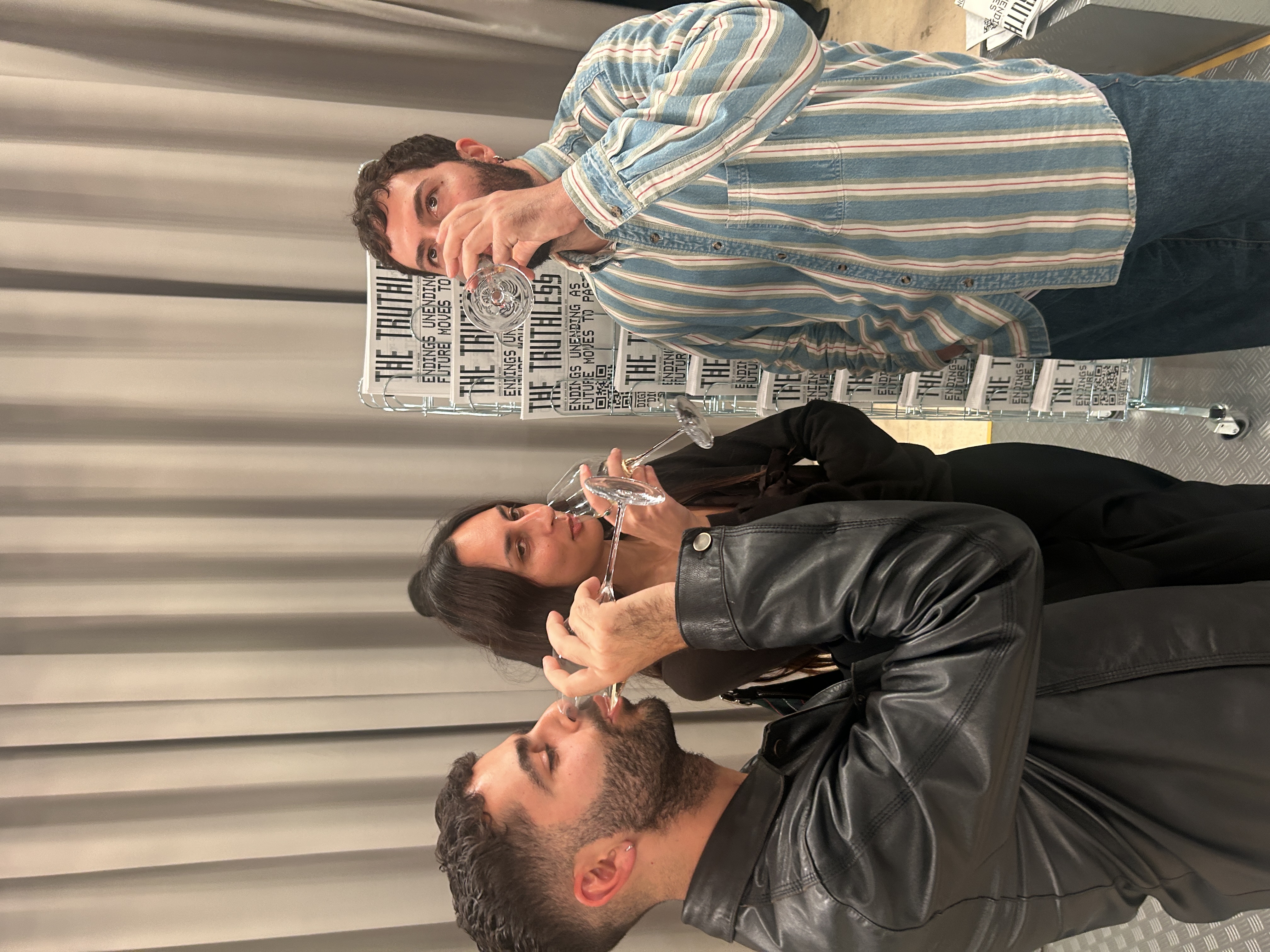


While clapping, the Miu Miu models parade down the center of the exhibition, past the installations, past the now empty cage, past the silent karaoke stand. They file into an attached theater.
“It’s so beautiful,” says Amoré’s bestie, Samia Larouiche, when I ask her thoughts. “Besides, there’s hot straight people and hot queer people here, what’s not to like?”
On the other side of the staircase drinks finally appear, but the energy shifts. Sevigny and Bravo have vanished. I try to find my PR handler, but even they’ve left to “seek nourishment.”

Newspapers hang like pressed shirts on a garment conveyor at the dry cleaners, circling around and around on a track. There’s a stand and I grab a copy of The Truthless Times, “Envisaged by Goshka Macuga” and dated “Friday, October 20, 2034.” Macuga is the interdisciplinary artist behind the entire night and the paper, which has headlines like “Famous Philosopher Found in Athletic Attire” and “Tourists Reach Terminus at Last Resort.” Rather than articles, there are QR codes that lead to short stories disguised as articles on Miu Miu’s website. As someone who curates a reading series and is launching a print tabloid, I can’t help but adore that one of the world’s chicest fashion houses is bankrolling a project that blends fact and fiction. The paper echoes the characters from the video installations, strolling among us and yet not quite real.
The crowds thin out, but the booze starts flowing. Caterers pour champagne and trays of flamingo pink cocktails float past. Maybe it’s the jet lag the fake newspapers or the eerie performances, but the mood turns contemplative. What to make of these art parties? What’s the point of art in a world on fire? Miu Miu’s opening night responds to the complicated moment in maybe the only way an art party can: with style, poise, and charm.
As one Parisian I met described the night: “It’s cute.”
